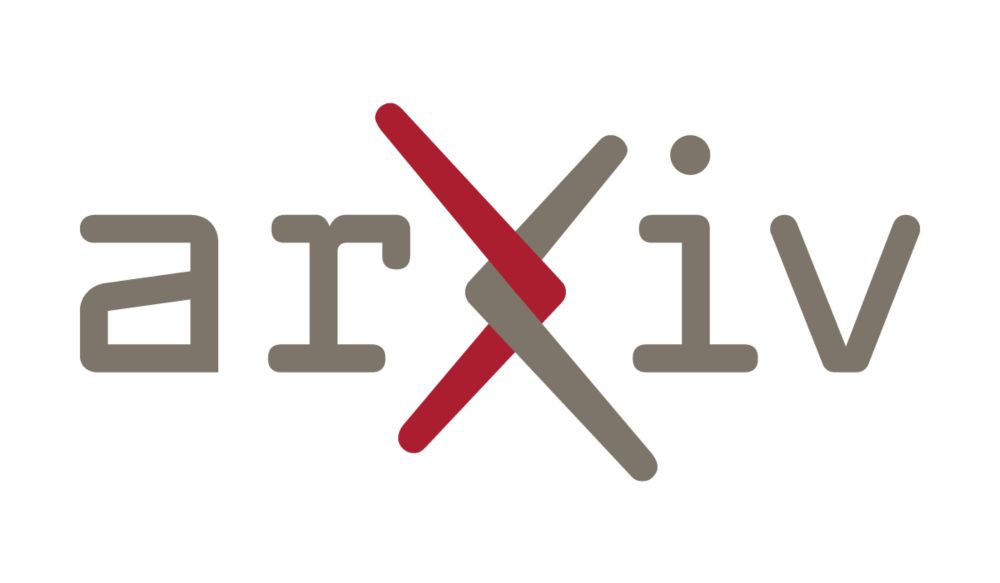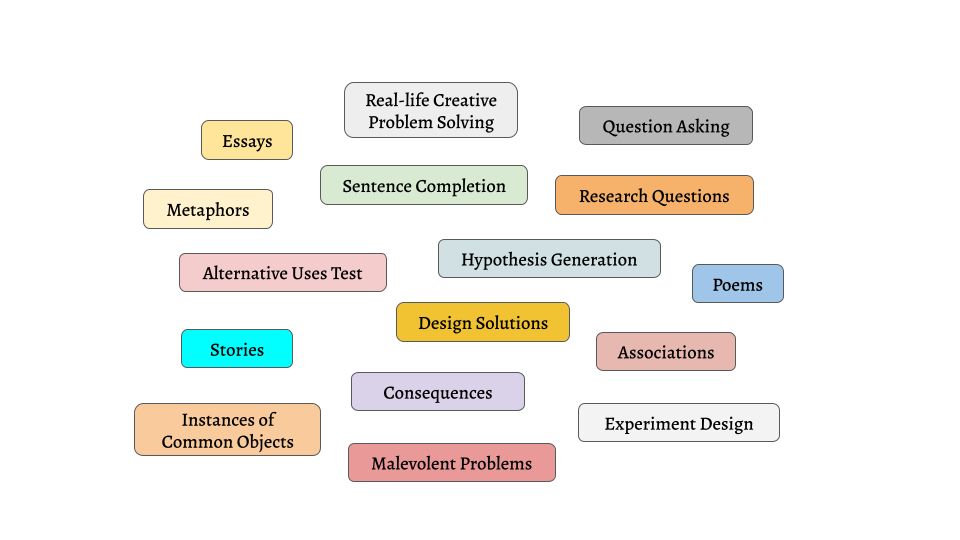Posts
Media
Videos
Starter Packs
Mete
@mismayil.bsky.social
· Apr 30
Mete
@mismayil.bsky.social
· Feb 20

Evaluating Morphological Compositional Generalization in Large Language Models
Large language models (LLMs) have demonstrated significant progress in various natural language generation and understanding tasks. However, their linguistic generalization capabilities remain questio...
arxiv.org
Reposted by Mete
Antoine Bosselut
@abosselut.bsky.social
· Feb 25
Mete
@mismayil.bsky.social
· Feb 20
Mete
@mismayil.bsky.social
· Feb 20
Mete
@mismayil.bsky.social
· Feb 20
Mete
@mismayil.bsky.social
· Feb 20

Evaluating Morphological Compositional Generalization in Large Language Models
Large language models (LLMs) have demonstrated significant progress in various natural language generation and understanding tasks. However, their linguistic generalization capabilities remain questio...
arxiv.org









